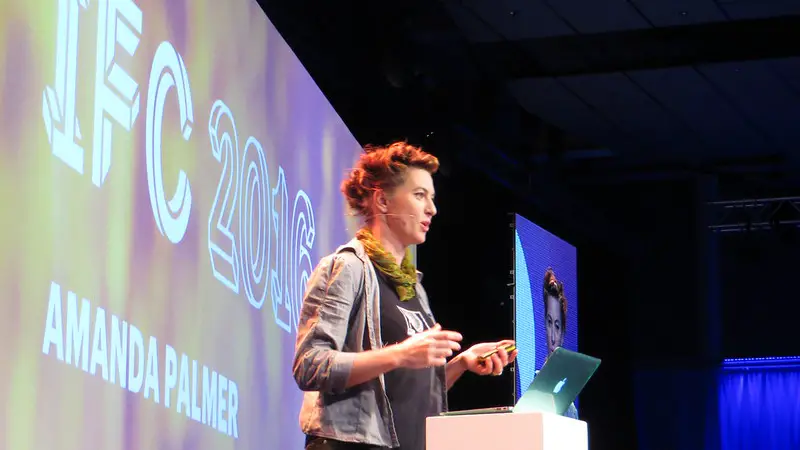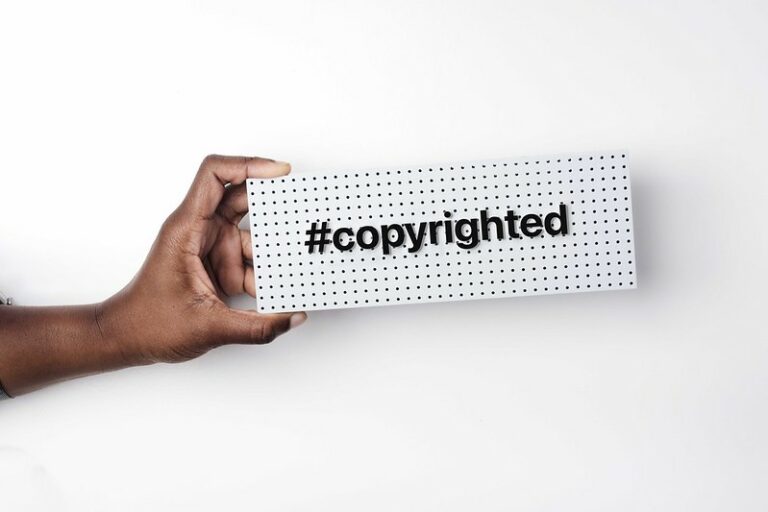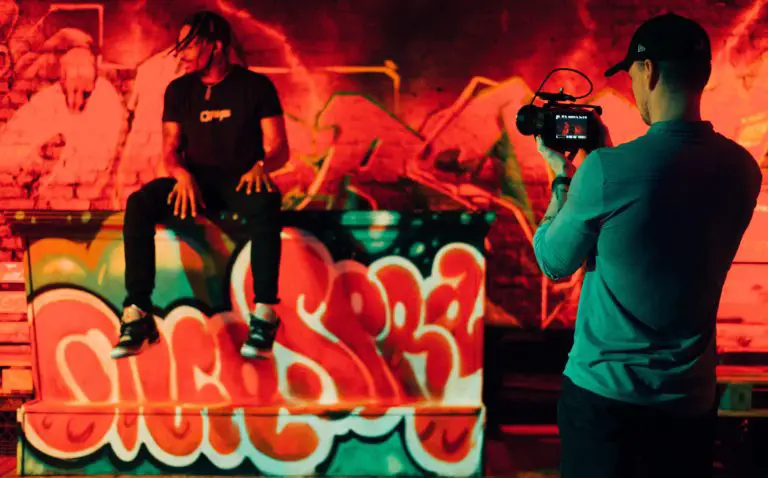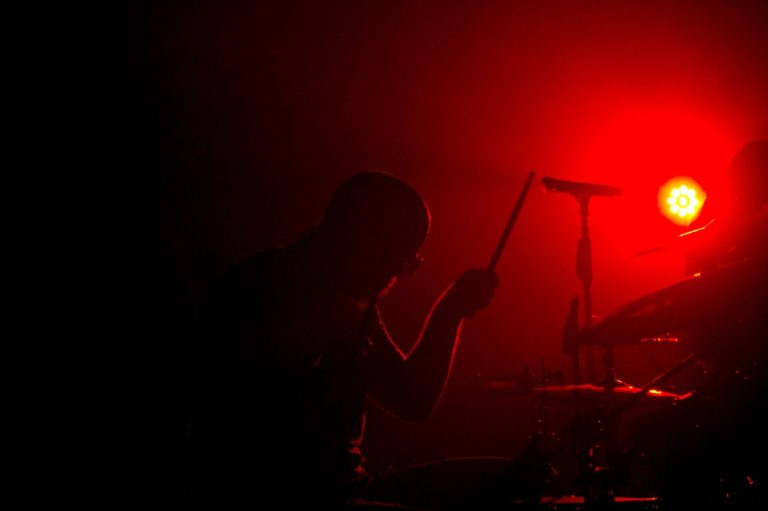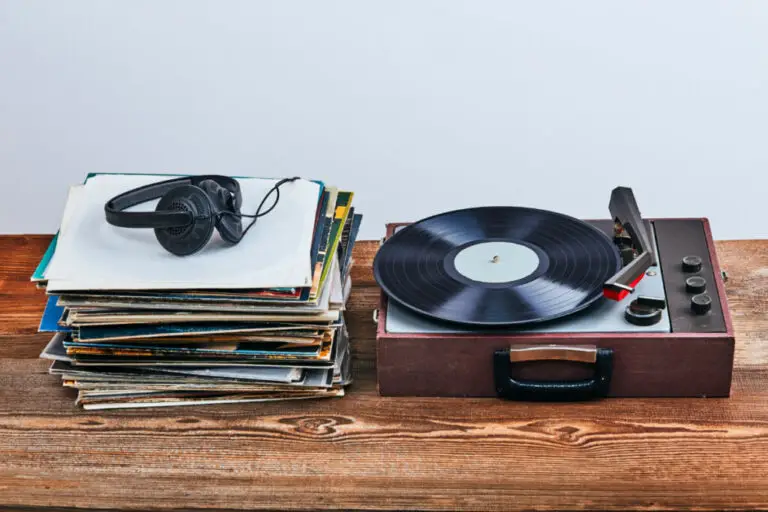Music Funding Guide: Five Ways To Fundraise Your Next Album
When fundraising for your next album, there’s no easy to go about it. There are plenty of options to explore, but they have different challenges. So, how do you find music funding for your next album?
The three best approaches to fundraising for your next album are exploring crowdfunding platforms, seeking donations, and using industry grants to boost your cash flow options.
Recording an album is not cheap. Costs come from every avenue, whether hiring a studio or paying personnel to mix and produce it.
With that in mind, generating your sources of income to record an album is becoming increasingly common within the industry. So how do you go about fundraising for your next album?
Why do you Need to Fundraise for Your Next Album?
There are fewer things more expensive than recording an album. Unless you are signed to a major label, there’s a good chance that no one else will pick up the bill for it.
That means it comes down to finding ways to source funding for the entire process. And it’s a process that doesn’t come cheap.
There’s a litany of costs involved – ranging from booking studios to finding staff to help mix and produce the album in most cases.
These costs can also become more expensive. Nothing has a flat fee, especially when making the perfect album. Most things involved in the process are done through hourly rates. And nothing of quality can be done in just one hour.
Most bands will spend at least 2-3 days doing just one song. Breaking down these costs soon shows how expensive things may be. This includes:
- Studios: $50-500/hour
- Producer: $40-80/hour
- Mixing/Mastering: $100-$500
On this basis alone, a week in the studio could cost approximately $6000 for a 3-track demo. That increases exponentially should you want to do a full-length record.
It’s why many artists – both major and unsigned acts – are turning to self-fundraising for their next records.
Five Music Funding Strategies You Can Use for Your Next Album
When fundraising for your next album, there are plenty of avenues to consider. The rise of social media and technology has made self-funding albums much easier than ever before. This is through several platforms, such as:
- Crowdfunding
- Industry Grants
- Seeking Donations
- Split records with other bands
- Personal funding
Of course, each of these strategies comes with its benefits and drawbacks. So think carefully when exploring your options. But let’s look at how these can help you raise funds for your next record.
1. Crowdfunding Initiatives & Platforms
For most bands, crowdfunding platforms are a significant draw to helping fund new records. It’s not hard to see why so many musicians are crowding the platform to fund their projects.
Crowdfunding platforms let artists raise specific amounts by encouraging fans and community members to donate money towards a cause.
More often than not, this cause is for recording a new album. When using a crowdfunding platform, bands will offer different rewards for different amounts of pledges.
These rewards include early access to the record, extra content, or VIP Packages for tours, merch, and shows. They are rewards for true fans who want to support a music career.
Should bands have an active fanbase, this can quickly bring in the necessary funds to cover the costs of recording an album.
It’s why sites such as Patreon, Indiegogo, Kickstarter, and even OnlyFans have given musicians ways to record entire albums solely through crowdfunding.
A Crowdfunding Success Story
No artists have arguably succeeded more in crowdfunding than ex-Dresden Dolls singer Amanda Palmer. Before going solo, Palmer’s act The Dresden Dolls enjoyed international success for much of the 2000s and was signed with Roadrunner Records.
However, creative differences with the label saw Palmer turn her back on the mainstream industry. Instead, she sought to go her own way and source new ways to fund her solo career.
Her use of crowdfunding platforms since going solo in 2008 has been a non-stop success story. Using platforms such as Kickstarter and Patreon, she offered several ways for which fans could contribute to help fund her albums.
In the build-up to her 2012 album Theatre is Evil, Palmer gave fans options of donating anything from one dollar to $10 thousand. Those donating just $1 got a digital copy of the album. However, partners splashing out $5 or $10 thousand would get intimate performances from Palmer herself and even a dinner with the singer.
This led to her 2012 album generating over $1.2m in funds on Kickstarter and 12x the original goal of just $100,000.
Palmer’s success has since transferred over to Patreon. She has over 10 thousand subscribers who pay anywhere from $2 to over $400, offering bonuses ranging from exclusive songs and merch to guestlist access at shows and signed artwork.
It’s this sort of platform and success that shows why artists across the globe have turned to crowdfunding over the years.
Drawbacks of Crowdfunding
While Palmer shows what you can do with the platform, not everything goes perfectly. Crowdfunding has some negative sides as well.
For starters, you might underestimate the numbers needed to fund an album. Remember that studio time is often billed hourly, meaning exceeding your funding limit is easy.
There’s also some social stigma behind crowdfunding. After all, many people see it as the fancy version of begging for money.
But, ultimately, it’s more of a way musicians deliver content directly to plans. This way, they don’t feel pressured to deliver stuff to a major record label (which might not care about releasing good music).
2. Seeking Donations [Direct Crowdfunding]
Apart from using crowdfunding platforms to generate money for your band, you can still physically get fans and commercial partners to donate directly to your cause.
Not every act will be large enough to have a fanbase to donate dollars to fund an album. That’s why directly speaking to fans or even local partners can be a good source of income.
For bands just starting, getting donations from friends and family provides a considerable bonus to finding time to record that debut EP.
Of course, bands don’t have to rely on friends and family either for donations. Corporate partners may also donate if they can benefit from a deal.
This could be from bands backing a product to having a venue donate for the band to perform shows at that venue.
These donations aren’t likely to cover the funds needed to produce the album. However, receiving these amounts can actively contribute towards protecting the process. This then makes the big dream become much more of an actual reality.
Drawbacks of Direct Donations
Much like crowdfunding, direct donations can come off as begging. To avoid this comparison, you’ll want to have some skills in the music industry.
You’ll also want to have a vision, typically one that record labels might not support. By “cutting out the middle,” you can provide a more fan-driven experience, not a profit-focused one.
You’ll also need to work harder to provide incentives, which crowdfunding is great at. After all, people pay for things like a dinner with you or exclusive merch.
You’ll need to give something in exchange for the donation. And often, that something is a free copy of the album, so keep track of who gives.
3. Industry Grants
Outside of sourcing backing from fans and corporate partners, many acts forget they can apply for grants from industry regulators and governments.
These grants and schemes exist for one reason: to help independent artists fund and push forward their endeavors.
Grants can offer a range of support ranging from support for shows to even helping cover full recording costs and mixing in some instances.
However, you must ensure you are eligible for a grant before applying, as these awards are not handed out to everyone.
Many will look to back musicians from a particular area or background to access these funds. And they can be selective about what the grant does and doesn’t cover.
Furthermore, if you don’t use the money for its intended cause, it could lead to your act losing the money or potentially land in legal issues.
Therefore, it pays to do your research before applying for a grant. And don’t be disheartened if you get knocked back on your first application. It may take reaching out to several bodies before getting a successful application.
It’s why researching and knowing what schemes you might qualify for brings additional benefits to how you want to use your money.
Industry Grants You Can Apply For
To see how grants could help fundraise your next album, take a look at some of the more prominent grants:
Foundation for Contemporary Arts
Founded initially by pop culture icons Jasper Johns and John Cage in 1963, the Foundation of Contemporary Arts has backed independent musicians for several decades, offering funds of up to $45,000 for upcoming artists from the US and overseas.
New York Foundation of the Arts
Supporting musicians based in New York, this arts body annually grants around $3 million. The main Artist Fellowship grant gives artists $8000 towards their projects and has backed cult figures such as cult film director Spike Lee.
FACTOR
Canadian body FACTOR has given artists from The Great White North plenty of financial support over the years. Granting acts up to $C100,000 to record and mix albums, it has seen rising acts such as Alvvays and PUP use this to burst into the mainstream in years gone by.
Arts Council England
The Arts Council UK is perhaps the best industry funding source for British artists. These grants can cover any amount depending on the purpose and have seen thousands of acts benefit the government-backed agency down the years.
Australian Music Industry Package
Created by the Australian Government in 2019, the Australian Music Industry Package offers grants to artists Down Under to boost their potential. This $A27.5m investment has been spread across several different areas to encourage acts of all diversity to record, produce and tour on home soil. Since its launch, it has backed chart-topping acts such as Gang of Youths and Vera Blue to find international success.
4. Collaborating With Other Artists
Split EPs are nothing new within the industry. For many, it’s a great way to co-fund a release with another artist – particularly those looking to break into a particular scene.
A benefit of split EPs is that you work directly with another act to produce a record. It’s theoretically halving the costs needed to make a whole record.
Of course, finding an act to split a record with is never easy. Many rising acts may feel reluctant to share the limelight with a direct rival.
However, it does provide benefits too. By sharing the costs with another band, you both only have to pay for one resource: whether it be a producer, studio, or mixer.
Furthermore, you increase your exposure to the industry. With two sets of fanbases accessing one record, this can also bring new eyes and ears to your product.
If the EP and relationship with the partner band go well, it can help you in other ways, such as touring together and splitting those costs.
While it may seem risky, collaborating with fellow artists is not just a great way to boost exposure. It’s also a fantastic way to cut overall costs too.
A Successful Example of Artist Collaboration
There’s no further better proof of a split album than the combined album put together by The Faith and Void in 1982. Showcasing two DC-based hardcore punk bands at the time, this joint album saw both bands launch a full release through Dischord Records.
It’s an album that has stood the test of time and influenced icons like Kurt Cobain and Dave Grohl. A colossal legacy that has arguably outshone the lasting impact of either band on its own.
Drawbacks of Artist Collaboration
Working with others is a great way to learn, grow your horizons, and get exposure. But you might not like everything that comes of it.
For example, hungry musicians tend to be incredibly competitive. Working together might not be a natural thing, causing clashing personalities.
You also might not find much chance to complement each other if you sound alike. Metallica wouldn’t collaborate with a Metallica tribute band. That would be weird.
In addition, if neither of you has the funds or budget to create the album, you might want to look elsewhere. Part of the point of artist collaboration is working with someone who can provide financial assistance. An artist unwilling to budget and split costs with you won’t help.
5. Natural Artist Income Streams (Regenerating Your Own Funds)
Rather than relying upon outside sources for fundraising your next album, there’s always putting the income you earn into focusing solely on your next release.
After all, your band will generate income from merch sales and playing shows – especially if you are serious about recording an actual album.
It’s why channeling all that money back into the band is vital for it to grow. And it is only going to grow by producing new materials.
Rather than wasting the money on creating limited merch or buying new gear, focus on putting together a record and let that expand your portfolio and worth.
Even if you need to add funds from another job or a savings account, knowing that you have generated the money yourself is more than just a statement. It’s a massive mental boost to do something that you enjoy full-time.
Self-funded examples
Fireflies by Owl City
Launching Owl City to success in 2009, the song “Fireflies” was just one man’s experiment that took the world by storm. Composer Adam Young recorded and uploaded the music from his home while living with his parents.
By adding in the digital loops and effects himself, the song took MySpace by storm, becoming a worldwide smash and hitting no.1 in the US, UK, and worldwide.
Nebraska by Bruce Springsteen
After The Boss took the world by storm with “Born to Run,” he returned to basics and created a wealth of songs at his parents’ home in New Jersey. This collection of songs came just before he started his collaboration with The E Street Band.
While some songs would be refined in a studio (including “Born in the USA” and “Glory Days”) a year or so later, the songs released on the 1982 album Nebraska see Springsteen at his very best. Stripped-back songs full of melody and reflection, it is still referred to as some of Springsteen’s best work, all without minimal studio interference.
The Drawbacks of Relying On Self-Funding
Self-funded albums are authentic passion projects. Some of the best music comes from people who support it using the basic nine-to-five.
As a result, the drawbacks are mostly on the head of the artist making it.
For starters, artists who make this project cannot guarantee they will get their money back. Fans might not buy their self-produced albums and merch.
In addition, using your earned income to fund your album affects the time you have to make the album. Naturally, this means you might not make an album up to your quality standards. After all, you might be pulling double shifts just to fund this project.
But, at the same time, putting more work into a project like this can make something beautiful. Just because you don’t have time doesn’t mean you aren’t inspired to make a great project.
Deciding on Fundraising your Next Album
When it comes to fundraising for your next album, there are plenty of ways to approach it. It’s a necessary route, as it’s costly to go through from start to finish.
Thankfully, the rise of crowdfunding platforms allows fans and investors to help push artists forward to put together the funds needed to make an album. They can also offer bonuses and deals and get further donations from partners if they are proud.
Alongside crowdfunding, plenty of grants help musicians find some much-needed financial gains – especially if they are local to an area. Artists can also put their money back into their project to find an album or even reach out and partner with other acts to produce an album. No matter your approach, there are many ways to reach your goal when fundraising for your next album.

